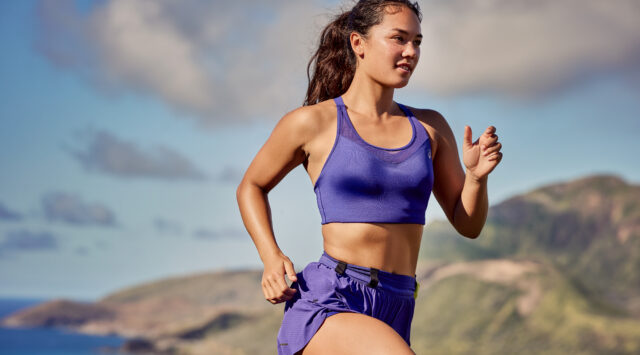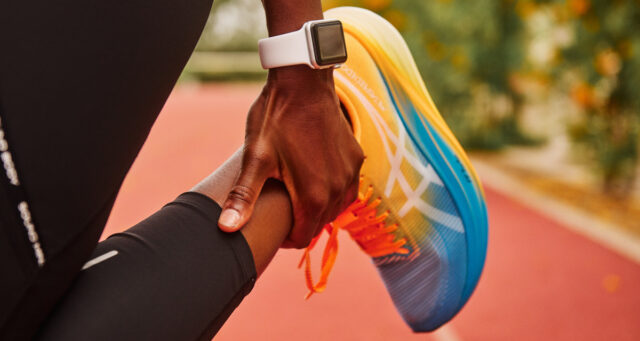If you’re a runner looking to set a new personal record, you likely pick races with the course and conditions in mind. But even if your race is in a location known for mild temperatures, anything can happen! It’s wise to prepare yourself for the chance of an unseasonably hot or rainy day. Here’s how to train so that you can handle whatever race day throws your way.
Don’t scrap your run when conditions aren’t ideal
If it’s blazing hot or pouring rain and you had a speed workout planned, it’s okay to move things around in the name of safety and opt for an easy run that day instead. But don’t skip your run altogether. Dealing with less-than-pleasant conditions in training will help you be more mentally prepared if you’re dealt the same cards on race day.
Incorporate treadmill runs
If you live in a colder climate and your race’s location will be much warmer on race day, it might affect you more than it should even if the race day temperatures aren’t all that severe. Your gym, meanwhile, is not likely to keep indoor temperatures low, meaning you’re sure to break a sweat if you opt for the treadmill. So while it might not be the most appealing choice, running indoors on a treadmill can help you adapt to warmer temperatures.
Try different race day outfits
It’s key to figure out exactly what you’re comfortable wearing before you run in unfamiliar conditions. I personally have found that my legs run colder than the rest of my body and I usually won’t regret wearing tights if it’s below 40 degrees. But my top half warms up much more quickly, so I do better with a tank top and arm sleeves I can later toss off rather than suffering in a full long-sleeve shirt. Try out a few outfits during training so you can dress comfortably for race day.
Accept that you’ll most likely have to slow down in the heat
Here in Houston, I run much slower for easy runs in the summer than the rest of the year, and years of experience have proven that that doesn’t have a negative impact on my training and potential fitness gains. If anything, slowing down in the heat will help you recover faster, avoid heat exhaustion, and ultimately come out stronger once the temps cool down. On race day, resist the urge to focus on speed alone. Consider instead the achievement of your distance, endurance and racing in a new place.
Set realistic goals
If you’ve chosen a race more for the destination factor and you’re just not able to train to adapt to things like altitude or humidity, keep your health and safety in mind first. Don’t set a hard time goal—instead, focus on enjoying the day and making for an unforgettable experience.
Of course, you’ll always hope for perfect conditions on race day. But by training in the less-than-ideal, you’ll bolster your physical ability (and your confidence)—and find strength no matter the conditions.






